Did you know that residential plumbing consumes over 15% of the world's water supply ? As climate change, water scarcity, and eco-consciousness become top priorities, the latest trends in sustainable plumbing play a pivotal role in shaping not just the plumbing industry but also our environmental legacy. If you’re curious about what’s driving change beneath the surface, or how new plumbing trends can help you stay ahead—keep reading for the practical innovations, expert insights, and real-life results driving a greener future.
What You'll Learn
Why sustainable plumbing matters more than ever
The technologies, materials, and systems shaping green plumbing
Smart plumbing trends, efficient water management, and eco-friendly fixtures
Practical steps and success stories from homes and businesses
How to capitalize on the latest plumbing industry trends as a homeowner or professional
A Startling Shift: Why the Latest Trends in Sustainable Plumbing Matter More Than Ever
The modern world faces mounting challenges with water consumption , resource scarcity, and climate change. The latest trends in sustainable plumbing are not just shaping the industry—they’re redefining how we use and conserve water at home and for business. Conventional plumbing, while reliable, has long been associated with inefficiencies—leaky pipes, inefficient water heaters, and outdated fixtures contribute to millions of gallons lost each year. As a result, today's plumbing industry is experiencing a paradigm shift toward environmentally conscious solutions that save water and energy while minimizing waste.
From water-saving toilets and fixtures to smart plumbing systems that monitor water flow and detect leaks, eco-friendly innovations are now at the forefront of industry trends. This evolution is critical—not just for environmental reasons, but to address increasing consumer demand for green solutions and the role that water conservation plays in determining future plumbing standards. By embracing these changes now, the plumbing profession can positively influence sustainability on a global scale, leaving a lasting legacy for the next generation.
Did you know that residential plumbing accounts for over 15% of all water consumption worldwide? Discover how today’s industry trends are not merely shaping the plumbing industry—they’re redefining our environmental legacy.
Key Insights: What’s At Stake in the Latest Trends in Sustainable Plumbing
Environmental impact of conventional plumbing
Consumer demand for eco-friendly solutions
The role of water conservation in future plumbing trends

Exploring the Evolution of the Plumbing Industry: Sustainable Plumbing Trends
The plumbing industry has always adapted to external pressures, but never as rapidly as now. Legislative changes, such as updated building codes that incentivize low-flow fixtures and water conservation , are fueling a wave of innovation. Regulatory requirements are pushing manufacturers and professionals alike to innovate and redesign plumbing system components for efficiency and lower environmental impact.
At the same time, the rise of ethical consumerism is compelling companies to invest in green plumbing tech . More homeowners and business owners are seeking certification programs, like WaterSense, to guide them toward sustainably sourced materials and responsible practices. As a result, the sector is seeing a surge in eco-certified products, smart plumbing tech, and data-driven management systems—all hallmarks of the latest industry trends.
How Industry Trends Are Shaping the Latest Trends in Sustainable Plumbing
Regulatory changes driving innovation
Investment in green plumbing tech
Ethical consumerism influencing plumbing trends
Eco-Friendly Plumbing Fixtures and Advanced Plumbing Systems
Today's eco-friendly plumbing fixtures are designed to reduce water usage without sacrificing performance. From sleek, water-efficient faucets to toilets with dual-flush technology, manufacturers are delivering options to fit every home’s needs and style. Greywater systems—once limited to eco-pioneers—are now a viable choice for mainstream construction, offering a way to recycle water from baths and sinks for landscaping or flushing toilets.
Advanced plumbing systems integrate smart technology to monitor water use weekly or even in real-time, alerting homeowners of potential leaks or excessive use. This intelligent monitoring, combined with robust design and low-flow technologies, maximizes efficiency and ensures that every drop is working harder, not wasted.
Latest Trends in Sustainable Plumbing Fixtures: Efficiency and Innovation
Water-saving toilets and faucets
Eco-certified plumbing fixtures
The future of greywater systems in sustainable plumbing
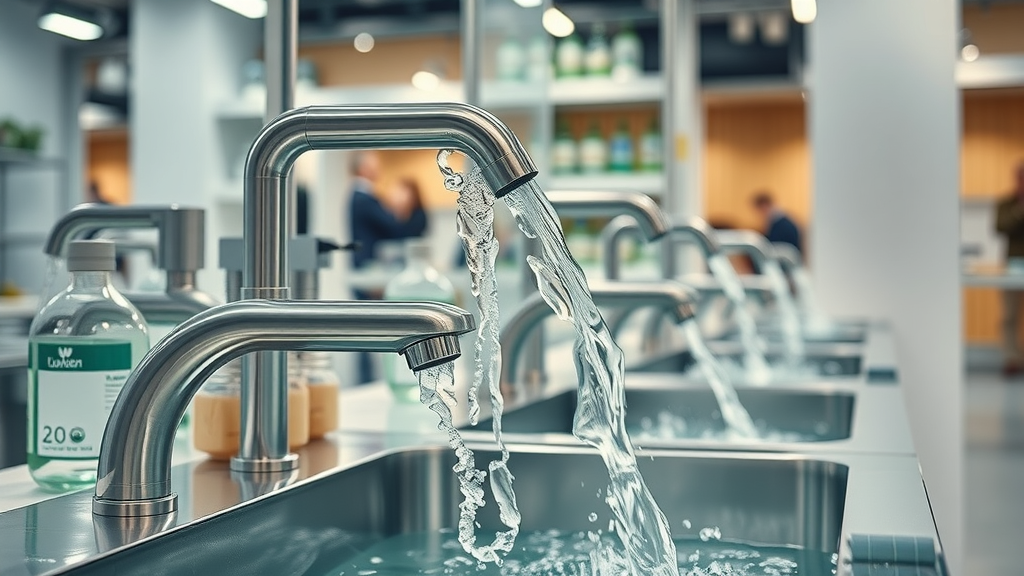
Integrating Advanced Plumbing Systems for a Sustainable Approach
High-performance plumbing system design
Low-flow technologies in the latest plumbing trends
Smart water management systems
The Rise of Smart Plumbing: Tech Advancements in Sustainable Plumbing
Plumbing tech has soared to new heights, thanks to the advent of Internet of Things (IoT)-powered leak detection and smart plumbing automation solutions. These systems offer unprecedented levels of oversight, notifying homeowners of leaks before they cause costly water damage and automatically shutting off supply lines when unusual water flow is detected. Smart hot water heaters and phone-controlled irrigation systems are merging conservation with convenience—making it easier and more appealing for consumers to participate in water-saving practices.
As technology continues to advance, the plumbing industry can offer powerful tools that not only protect property but also conserve water through granular data tracking, pattern recognition, and automated management. The result? The latest trends in sustainable plumbing prioritize both environmental stewardship and everyday comfort—a combination that’s changing how we think about home maintenance and efficiency.
Latest Trends in Sustainable Plumbing Tech: From Leak Detection to Automation
IoT-powered leak detection
Smart water heaters and hot water monitoring
Phone-controlled irrigation systems: conservation meets convenience
“Today’s smart plumbing is not just about convenience—it’s about responsibility and resourcefulness.”
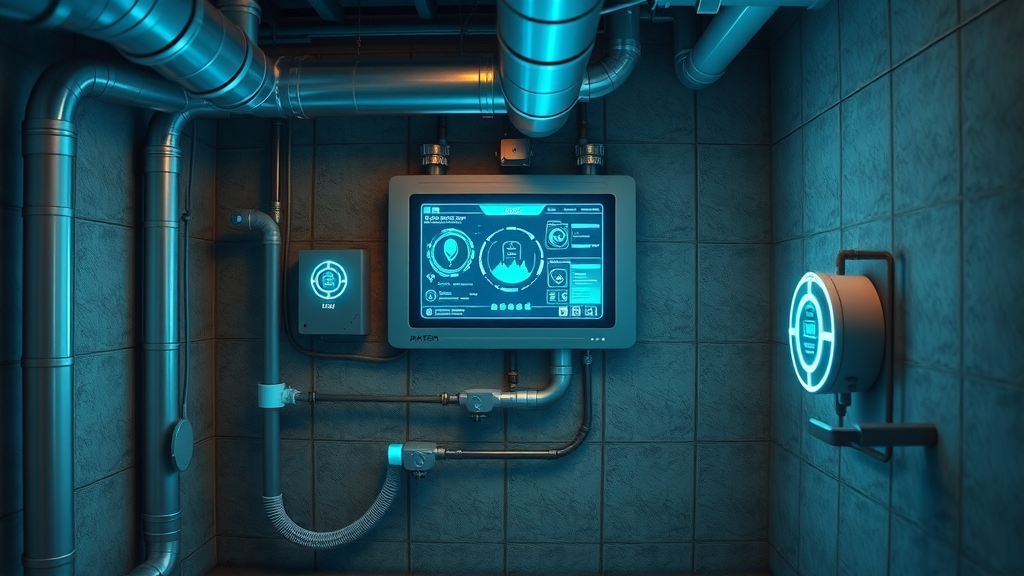
Tankless Water Heaters and Energy-Efficient Hot Water Solutions
Traditional water heaters have long been an invisible energy drain, continuously heating gallons of water that may go unused. The tankless water heater revolution is driving significant change within the plumbing industry by providing hot water on demand, leading to notable reductions in energy costs and water waste. This innovation is especially important given the growing awareness surrounding energy efficiency, sustainability, and reducing carbon footprints.
Tankless water heaters are compact, last longer, and can be installed closer to the point of use, further reducing wait times and water waste. Real-world case studies illustrate their impact—households making the switch have observed up to 30% reductions in energy bills, aligning perfectly with the latest plumbing trends focused on resource management and efficiency.
Embracing Tankless Water Heaters for Sustainable Plumbing
How tankless water heater technology saves energy
Comparing traditional and tankless water heaters: industry trends
Case studies: Households slashing energy bills with the latest trends in sustainable plumbing
Hot Water Innovations Redefining the Plumbing Industry
Energy-efficient hot water heating and sustainable lifestyles
Solar thermal solutions in the latest plumbing trends
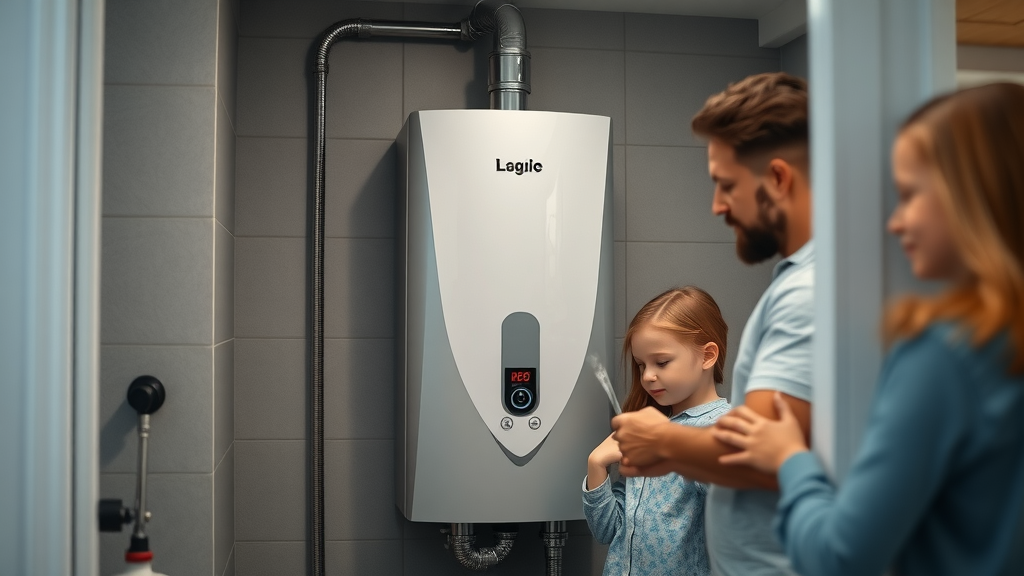
Irrigation Systems in Sustainable Plumbing: Greener Landscapes
Modern irrigation systems are no longer just about keeping lawns green—they’re central to water conservation and sustainable landscaping. Drip irrigation delivers moisture directly to plant roots, minimizing evaporation and maximizing plant health, while smart controllers connected to local weather forecasts optimize schedules and prevent unnecessary watering during rainy periods.
Drought-resistant landscaping also plays a vital role in sustainable plumbing, encouraging homeowners to replace thirsty grass lawns with native plants that require less water. These advancements aren’t just about cutting costs—they’re about building resilience against future water scarcity and reducing pressure on municipal water supplies.
Latest Trends in Sustainable Plumbing Applied to Irrigation Systems
Smart irrigation controllers
Drip irrigation and water conservation
Drought-resistant landscapes and responsible water use
Water Conservation and Resource Management in Modern Plumbing
Water conservation is the cornerstone of every sustainable plumbing system. Innovative solutions like rainwater harvesting allow households to collect and reuse rainwater for irrigation and non-potable uses, easing the burden on public water systems. On-demand or recirculating hot water systems drastically reduce water waste by providing hot water instantly at the tap, eliminating the need for lengthy waits for water to warm up.
Advanced plumbing systems, with smart controls and data tracking, empower property owners to make informed decisions about their water usage . These improvements deliver cost savings, reduce the risk of water damage, and reinforce the stewardship that today’s environmental needs require.
Implementing Water Conservation Practices in Sustainable Plumbing
Rainwater harvesting systems
On-demand water distribution
Reducing waste with modern plumbing systems
“Water is our most precious resource; the latest trends in sustainable plumbing ensure every drop counts.”
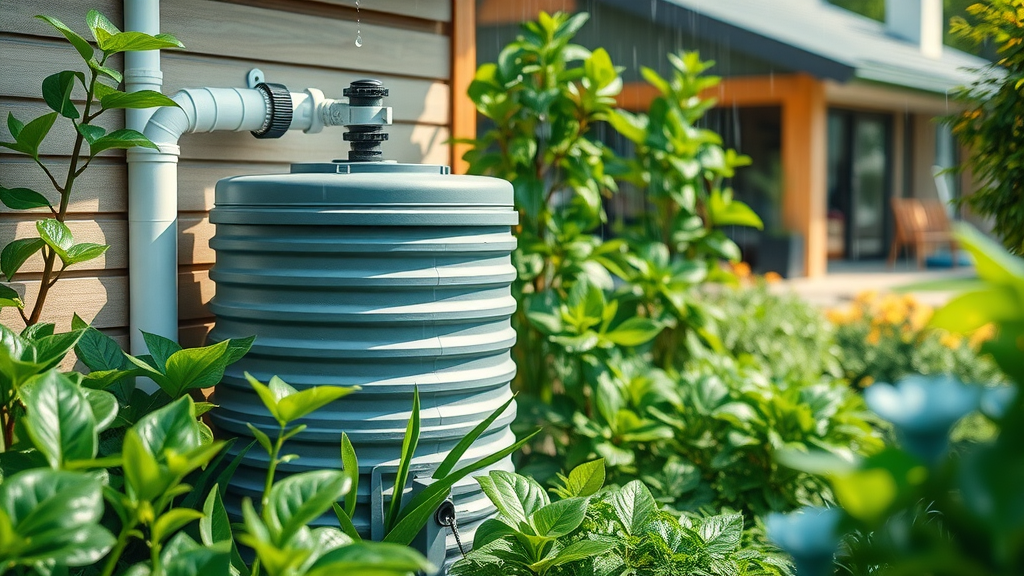
Emerging Eco-Friendly Materials in Plumbing Industry Trends
Choices of materials directly impact not only the performance of plumbing systems but also the environment. New sustainable plumbing trends include the widespread use of PEX piping—which is flexible, durable, and less resource-intensive to produce compared to metal or PVC pipes. Recycled plumbing materials like reclaimed copper or plant-based insulation are rising in popularity for their reduced carbon footprints and long-term sustainability.
Biodegradable and non-toxic supply lines are now available for specific uses, and eco-insulating fixtures keep water hot or cold without the need for energy-guzzling systems. For the plumbing industry , embracing these innovations means aligning profit, performance, and planet in every project.
Sustainable Materials Powering the Latest Trends in Plumbing
Recycled and PEX plumbing piping
Eco-insulating plumbing fixtures
Biodegradable and non-toxic supply lines
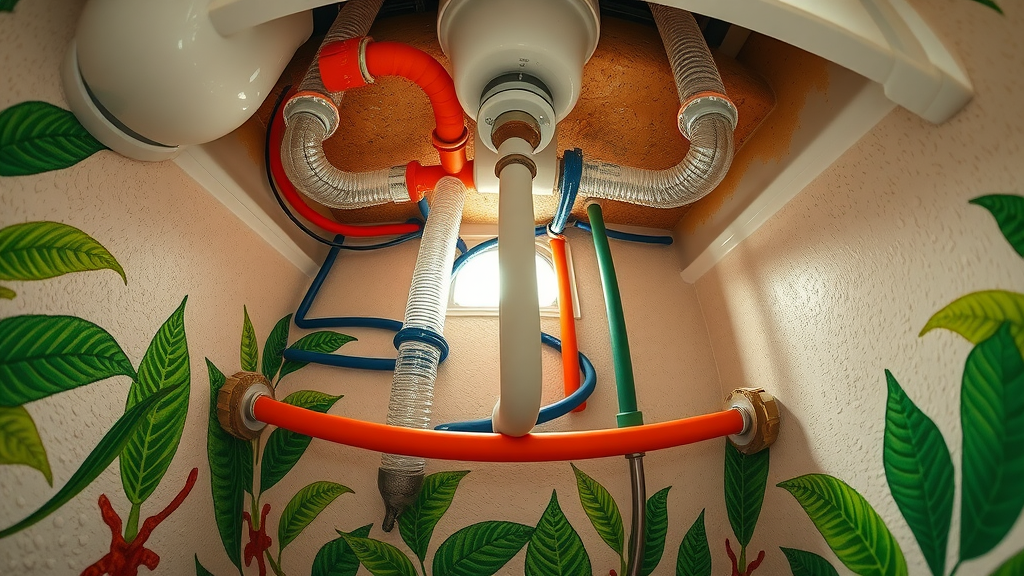
Consumer Awareness and the Demand for Sustainable Plumbing Trends
Today’s homeowners are better informed than ever, and they’re driving demand for the latest trends in sustainable plumbing. Search interest in green certifications like LEED and WaterSense is skyrocketing, as property owners look to verify the long-term value and responsibility of their investments. This awareness extends beyond individual households—schools, offices, and commercial spaces are all part of a growing movement that recognizes water as a finite resource requiring smart management.
Advocacy and education campaigns are empowering a new generation of plumbing professionals and clients to demand more from their systems. Case studies show that education, paired with innovative upgrades, leads to reductions in both water bills and resource footprints—proving sustainability is as economically savvy as it is ethical.
How Homeowners Are Embracing the Latest Trends in Sustainable Plumbing
Growing interest in green plumbing certifications
Case studies: Sustainable plumbing system upgrades
Education and advocacy for water conservation
The Role of Government Regulations in Accelerating Sustainable Plumbing
Government bodies at all levels are increasingly stepping up to accelerate the shift toward sustainable plumbing. National and local codes are now requiring the installation of low-flow fixtures, efficient hot water heaters, and smart plumbing systems in both new builds and renovations. These regulatory changes often come with financial incentives—rebates for rainwater harvesting, tax credits for energy-efficient upgrades—making advanced, eco-friendly plumbing solutions more accessible to all.
Looking ahead, the trend toward eco-compliance will likely become even more pronounced. As regulations become more stringent and enforceable, compliance will allow the plumbing industry to lead on sustainability initiatives, driving technology upgrades and environmental stewardship for both commercial and residential projects.
Navigating Laws and Incentives for the Latest Trends in Sustainable Plumbing
National and local plumbing codes for water conservation
Financial incentives for adopting sustainable plumbing trends
The future outlook for eco-compliance in the plumbing industry
Barriers and Challenges: What’s Holding Back the Latest Trends in Sustainable Plumbing?
Despite the momentum, there are still hurdles to achieving widespread adoption of the latest trends in sustainable plumbing. Cost is one of the primary barriers—initial investments for green plumbing tech can be higher than conventional solutions, making the choice difficult for some homeowners and businesses. In addition, existing buildings may have old infrastructure that is not easily or cheaply retrofitted, which can slow the transition to new plumbing systems.
Another significant obstacle is workforce development. Many plumbing professionals require updated training to install, maintain, and educate clients about these advanced systems. Overcoming consumer skepticism—rooted in misconceptions or unfamiliarity—also requires an ongoing commitment from industry leaders, advocacy groups, and municipal bodies to make sustainability efforts both visible and accessible.
Identifying Obstacles in the Plumbing Industry’s Adoption of Sustainability
Cost and access to green plumbing tech
Consumer skepticism and old infrastructure
Training and workforce development
“Progress in the latest trends in sustainable plumbing depends on overcoming both practical and perceptual barriers.”
What’s Ahead: The Future of the Plumbing Industry and Sustainable Plumbing Trends
With technology, consumer expectation, and regulatory efforts converging, the future of the plumbing industry is set to be more sustainable, efficient, and responsive. Forecasts suggest rapid adoption of smart plumbing —where homes and businesses manage water use, leak detection, and even water quality with the touch of a button. Next-generation water conservation will be achieved through increased use of data, predictive analytics, and automated management platforms.
As the plumbing profession embraces these tools and techniques, the opportunities to carve out meaningful, long-lasting improvements are endless. The latest trends in sustainable plumbing show a clear path: blending tradition and innovation for a greener, smarter, and more resilient world.
Industry Trends Shaping the Path Forward in Sustainable Plumbing
Forecasts for smart plumbing adoption
Next-generation water conservation
Data-driven plumbing management and analytics
Case Studies: Success Stories from Real Homes and Businesses
Across the globe, families, companies, and communities are reaping the rewards of adopting the latest trends in sustainable plumbing. Business complexes are reporting significant reductions in annual water usage and maintenance costs after overhauling with smart water management systems and eco-friendly fixtures. Residential case studies highlight the transition to net-zero plumbing systems, where rainwater, greywater, and solar hot water meet most, if not all, household needs.
The results speak volumes—a direct comparison of before-and-after water bills reveals dramatic drops in resource consumption and financial outlay. These success stories act as a template for others hoping to achieve both ecological and economic benefits without compromising comfort or reliability.
Proven Results from Embracing the Latest Trends in Sustainable Plumbing
Commercial cases: Greener business complexes
Residential stories: Net-zero plumbing systems
Comparisons: Pre- and post-sustainable plumbing retrofit
Case Study Comparison: Water Usage Before & After Sustainable Plumbing Upgrades | |||
Project |
Annual Water Use (Before) |
Annual Water Use (After) |
% Reduction |
|---|---|---|---|
Residential Home |
180,000 Litres |
110,000 Litres |
39% |
Business Complex |
450,000 Litres |
270,000 Litres |
40% |
School Facility |
300,000 Litres |
168,000 Litres |
44% |
Comprehensive List: Top 10 Latest Trends in Sustainable Plumbing
IoT leak detection systems
Smart hot water heaters
Tankless water heater adoption
Water-saving plumbing fixtures
Rainwater harvesting
Greywater plumbing systems
Drip and smart irrigation systems
Low-flow plumbing system designs
Eco-friendly plumbing materials
Automated water management platforms
In-Depth FAQ: Latest Trends in Sustainable Plumbing
How does sustainable plumbing contribute to water conservation?
Sustainable plumbing uses efficient fixtures, smart controls, and advanced system designs to dramatically reduce water consumption. By recycling greywater, collecting rainwater, and minimizing waste with on-demand hot water and low-flow technologies, every aspect of these systems supports water conservation and a healthier environment.
What are the most significant industry trends in eco-friendly plumbing fixtures?
The most important industry trends include the use of dual-flush and ultra-low-flow toilets, eco-certified faucets, and fixtures that automatically regulate flow rates to avoid water waste. Increasingly, greywater-ready components are being integrated into new builds, allowing homes and businesses to repurpose water reliably and efficiently.
How do smart plumbing technologies affect household efficiency?
Smart plumbing technology enables remote monitoring and real-time alerts for leaks, abnormal water flow, or excessive use. These innovations help households avoid costly water damage, lower water bills, and more proactively manage water use—even when no one is home. Automated hot water management, for example, can cut both waste and energy costs significantly.
What are the essential steps to upgrade to a sustainable plumbing system?
Upgrading begins with a professional assessment of current systems and identifying waste points. Install low-flow fixtures, consider a tankless or solar hot water heater, add smart leak detection, and review eligibility for rainwater or greywater inclusion. Regular maintenance and monitoring complete the picture, ensuring ongoing efficiency and resource conservation.
People Also Ask
What is the definition of sustainable plumbing?
Sustainable plumbing encompasses the use of environmentally-conscious plumbing technologies, materials, and systems that optimize water and energy usage, reduce resource consumption, and minimize waste throughout the plumbing industry.
How do the latest trends in sustainable plumbing impact the environment?
The latest trends in sustainable plumbing reduce potable water usage, lower energy expenditure for heating water, and limit pollution through innovative plumbing fixtures, smart technologies, and eco-friendly materials, helping to ensure a healthier ecosystem.
Video: Smart Plumbing and the Latest Trends in Sustainable Plumbing
(Insert explainer video embed about smart water management, leak detection, and hot water innovations in sustainable plumbing.)
Key Takeaways for Homeowners and Industry Professionals
The latest trends in sustainable plumbing are reshaping the plumbing industry with eco-friendly, tech-focused solutions.
Smart water management and efficient hot water systems offer savings and convenience.
Adopting sustainable plumbing practices positions both homeowners and businesses as environmental stewards.
Final Thoughts: Why You Can’t Ignore the Latest Trends in Sustainable Plumbing
“Choosing sustainable plumbing is choosing a future where conservation, technology, and comfort go hand in hand.”
To learn more or to implement sustainable plumbing solutions, contact Ed Serrell Plumbing and Heating at 0796 688 4368 or email info@edsplumbing.co.uk today.
Video: Case Study—Implementing the Latest Trends in Sustainable Plumbing
(Insert case study video showing homeowners and professionals describing improvements after installing sustainable systems.)
Conclusion
Adopt eco-friendly fixtures, upgrade to smart systems, and stay informed. Start your journey towards sustainability with advice from Ed Serrell Plumbing and Heating—a single upgrade can make every drop count.
Sources
U.S. Department of Energy – https://www.energy.gov/energysaver
Plumbing Manufacturers International – https://www.plumbing.org
Green Building Advisor – https://www.greenbuildingadvisor.com
Incorporating the latest trends in sustainable plumbing can significantly enhance water conservation and energy efficiency in your home. For instance, the article “Plumbing Trends in 2024: Innovations and Sustainable Practices” highlights the adoption of water-efficient fixtures like low-flow toilets and showerheads, which reduce water usage without compromising performance. ( norvasen.com ) Additionally, “Top 13 New Plumbing Technology Trends in 2025 (and Beyond)” discusses the rise of greywater recycling systems that repurpose wastewater from sinks and showers for irrigation, further promoting sustainability. ( fieldedge.com ) By exploring these resources, you can gain valuable insights into implementing eco-friendly plumbing solutions that benefit both the environment and your household.
 Add Row
Add Row  Add
Add 






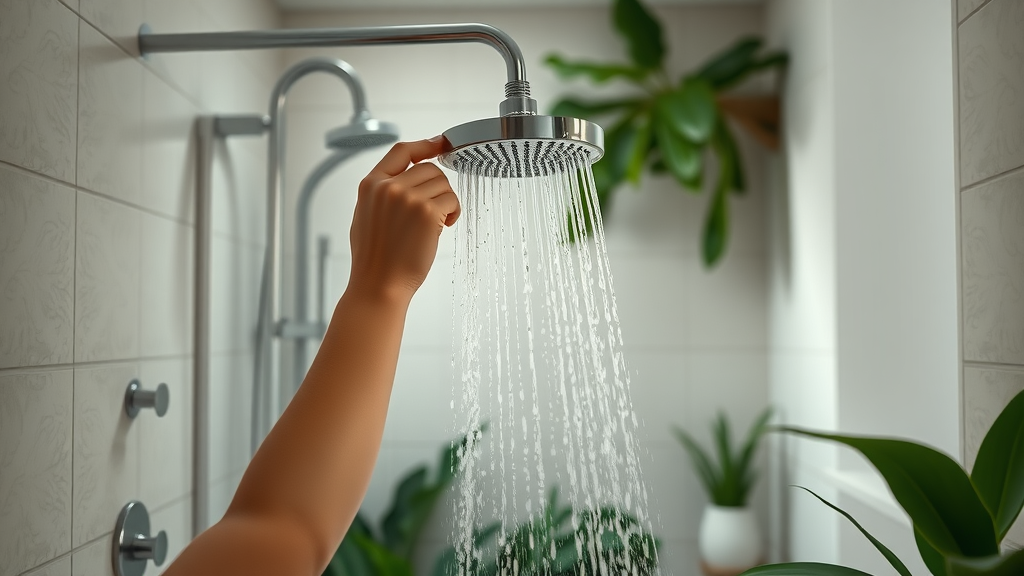

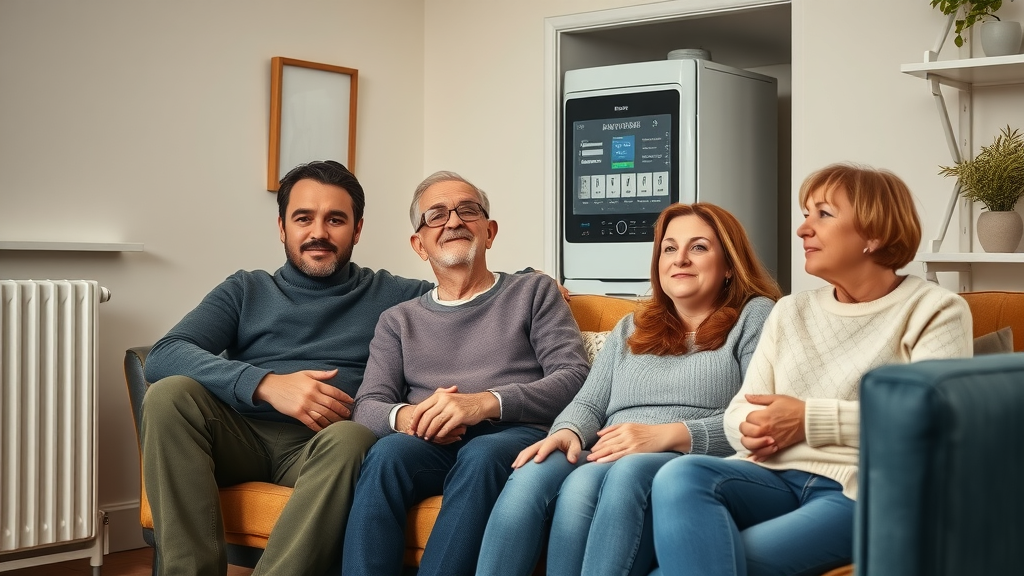
Write A Comment